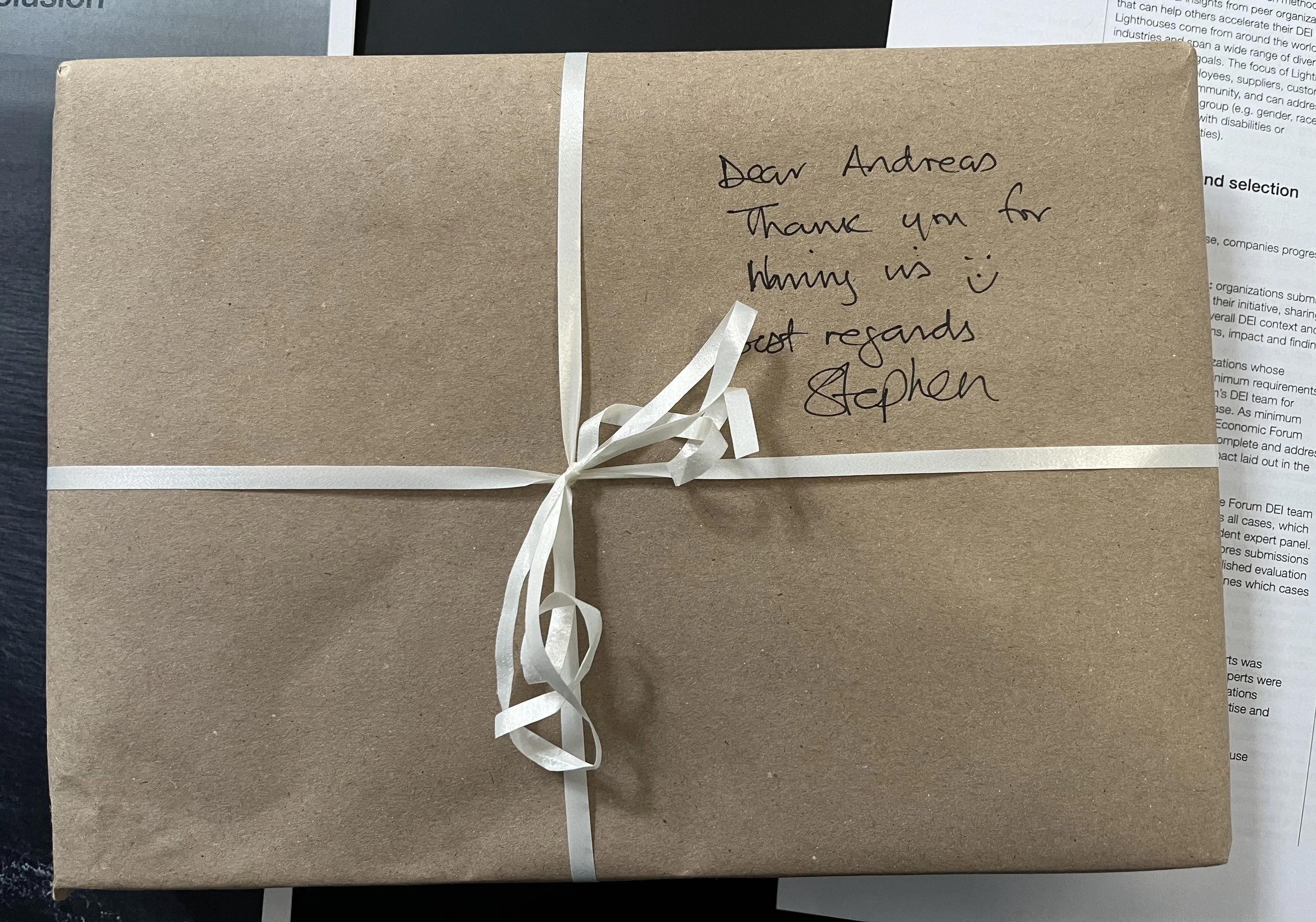This four-question framework helps you explain any topic with precision and clarity.
1. Why is this important?
Begin by anchoring the topic in relevance for your audience. I think a useful approach is to ask a question that meets them where they are.
2. What is this about?
Share the essential facts, context, or background information. I think it’s a good idea to keep it direct and concise..
3. How does this work?
Outline what needs to happen next, and describe the steps, actions, or frameworks that will move the work forward.
4. What if we did this?
Invite your audience to explore possibilities as this is where learning becomes applied. Present scenarios, highlight opportunities or risks, and encourage dialogue. I think this is also the moment to surface concerns and co-create solutions that fit the context.





















